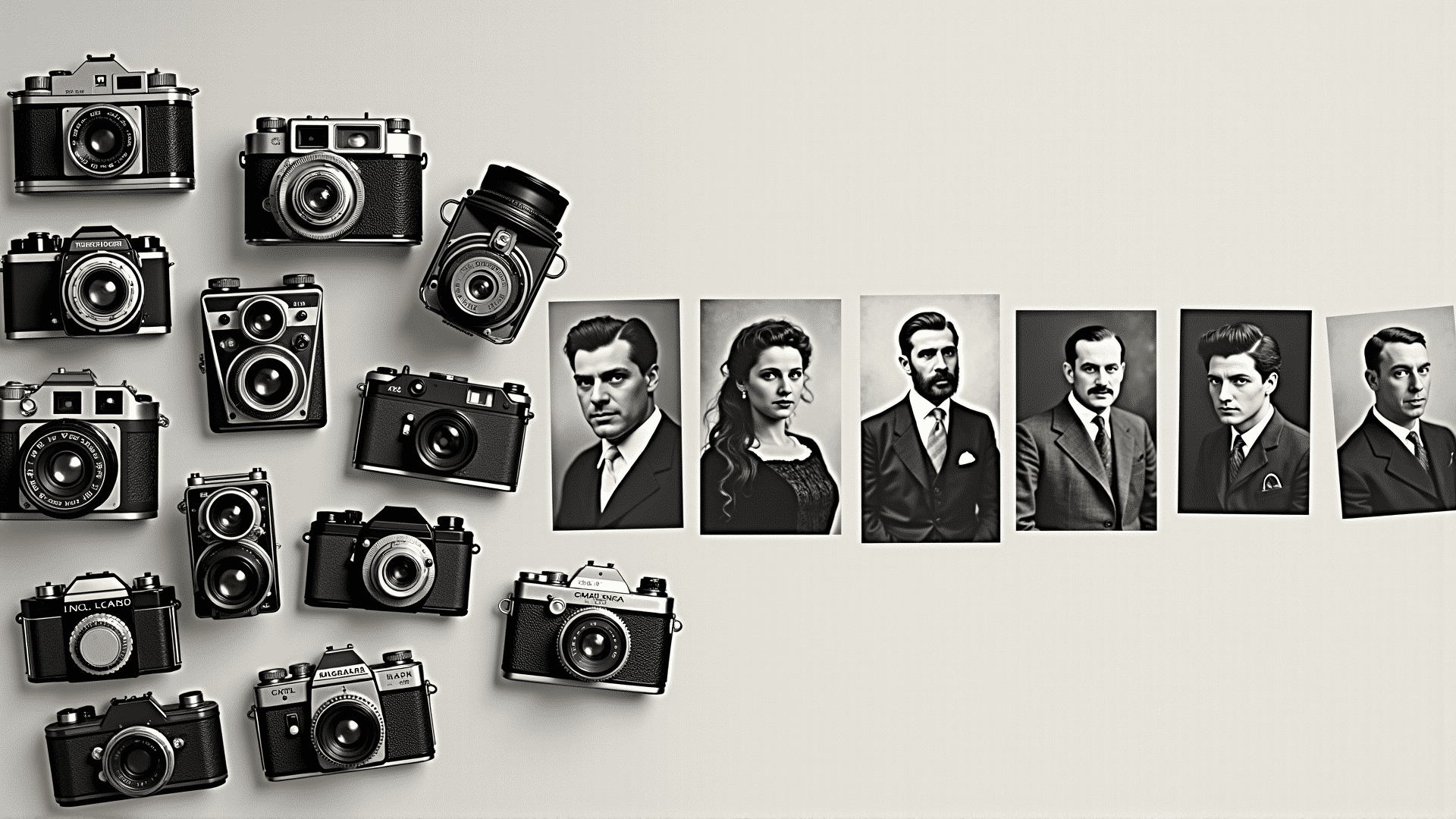From humble beginnings to the expansive digital realm of today, photography has woven itself intrinsically into the fabric of society. To appreciate this captivating art form's journey is to understand the finely threaded narratives of innovation, culture, and memory it has documented along the way.
In the early 19th century, the world saw the dawn of capturing light on surfaces. The groundbreaking moment came in 1839 when Louis Daguerre introduced the daguerreotype, providing humanity with a window into the world through detailed images. These early photographs were one-of-a-kind pieces, made by exposing a polished silver plate until an image formed, offering a glimpse into previously ephemeral moments.
As the century turned, the evolution of technology brought with it the ability to reproduce images. Photographers could now make multiple copies of a single shot, allowing wider dissemination and a broader impact. This facilitated not only personal keepsakes but a powerful medium through which the era's significant events could be shared and preserved. Imagery from the Civil War, captured by innovators like Matthew Brady, provided a new level of societal insight and understanding, ushering in photography as a critical witness to history.
The early 20th century marked further advances with the introduction of roll film, popularized by George Eastman. This innovation paved the way for portability and flexibility, making it possible for more people to engage with and explore photography. This democratization of image-making laid the groundwork for photography's role in societal documentation, whether through the roaring fun of the Jazz Age or the stark realities of the Great Depression.
Iconic photographers emerged, each with a unique lens through which to view the unfolding human story. Ansel Adams, with his ethereal landscapes, reminded society of the natural world's beauty and fragility. Meanwhile, Henri Cartier-Bresson's candid shots captured the spontaneity of life, emphasizing the immediate and the unscripted. His work laid the foundation for future generations, fundamentally shaping the way moments are captured and perceived.
As the world moved towards the latter half of the century, the arrival of color film presented a fresh spectrum of possibilities. Vibrant hues began to adorn magazines and family albums alike. Photographers like Steve McCurry used this technology to craft indelible images, like the piercing eyes of "Afghan Girl," which told stories beyond the monochrome limitations of earlier times.
Fast-forwarding to the digital age, photography has become an integral part of everyday life, with virtually unlimited access granted by smartphones and social media platforms. The rapid advancements in technology have culminated in a global sharing culture, where moments large and small are instantly documented and viewed around the world. This era has given rise to new forms of expression, with photographers exploring subjects as diverse as environmental change, cultural identity, and personal narrative through their lenses.
Looking to the future, photography will undoubtedly continue evolving, driven by technological innovation and the boundless human desire to document and express the complexity of the world. As we continue this journey, it remains clear that photography is more than just pictures; it is a powerful narration tool that transcends language and borders, an ever-adapting lens capturing the essence of life’s stories.
